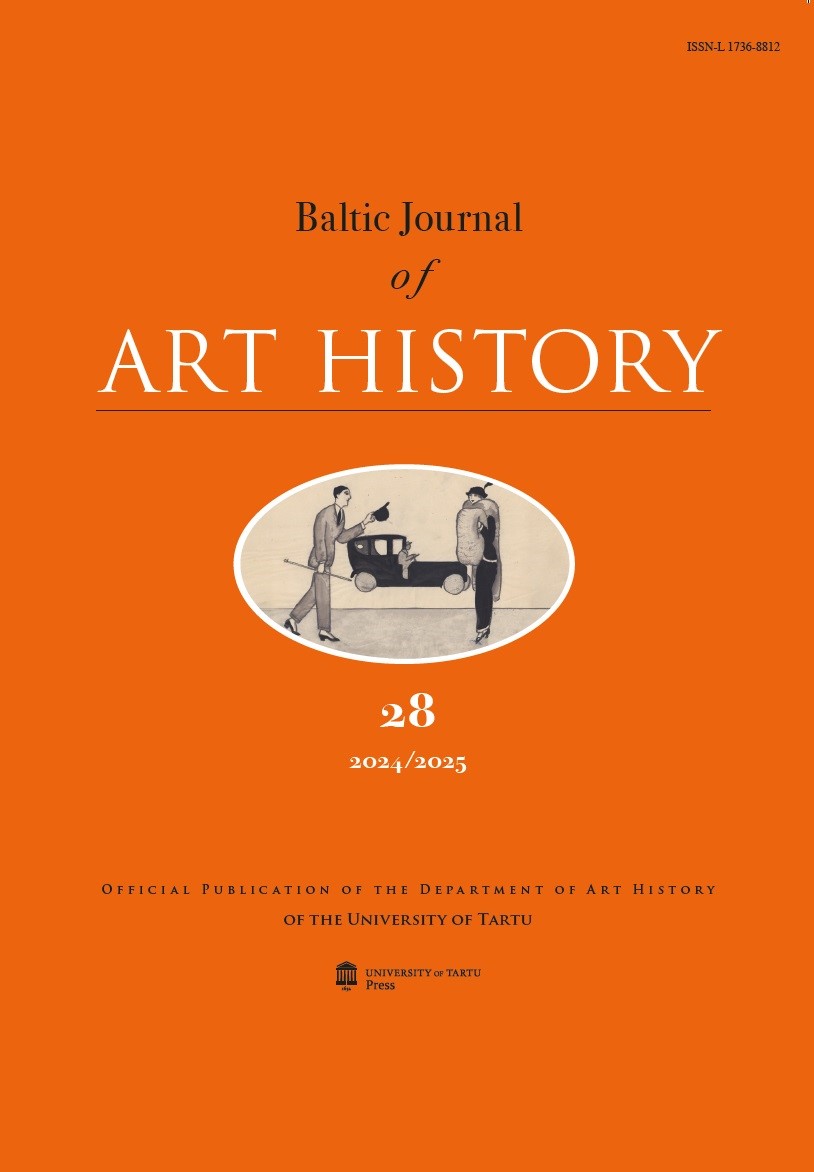The Journey of a Renaissance Fireplace from Reval to St. Petersburg
DOI:
https://doi.org/10.12697/BJAH.2025.28.04Keywords:
Tallinn (Estonia), St. Petersburg (Russia), Baltic Germans, art collections, stonemasonry, architectural details, Renaissance, nineteenth centuryAbstract
The article follows the travels of a richly carved limestone fireplace that was originally located in 71 Pikk St., Tallinn. It was commissioned by local merchant Jacob Höppener in 1653; in the middle of the 19th century it was sold and taken to Russia. Several Baltic German heritage enthusiasts produced descriptions of the artefact, but after the historical upheavals of the beginning of the 20th century lost sight of it. From the middle of the century, Estonian art historians
studying stone carvings and restoring the building made efforts to find the fireplace, but in vain.
The paper examines the archival, printed and web sources about the artefact and traces it to its new locations, first in St. Petersburg
and then in Tsarskoye Selo. The fireplace’s new owners, the princes Kochubey, used it to enhance the Historicist interiors of their
residences. During the Soviet period the artefact’s provenance was forgotten and it was inaccessible to the public. In recent years, the
fireplace has been reintroduced to a wider audience; a new origin story and a new interpretation of its iconography have been proposed and popularised by the Kochubey Centre.
The article brings together the sources and results from researchers in different countries who have studied this mobile artefact over one-and-a-half centuries.
The rediscovery of the Höppener-Kochubey fireplace is a solution to a longstanding mystery, and the artefact has
welcome similarities to Renaissance era stone carvings in Estonia. This case study also uncovers information about the sale of antiquities, the use of those antiquities in interior design, the interests and goals of collectors, and knowledge transfer through learned societies in 19th century Estonia, Latvia and Russia.

